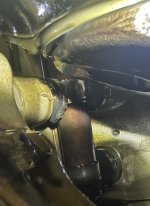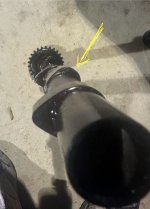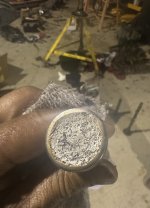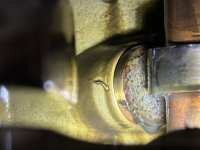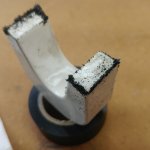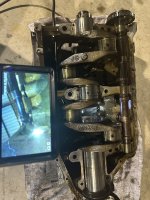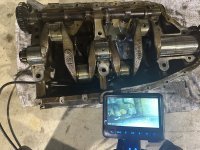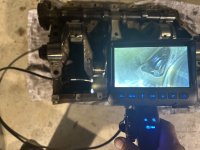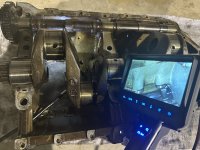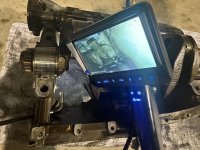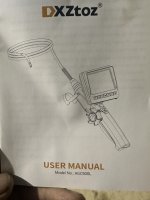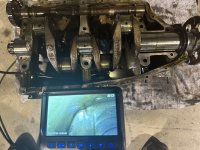Cardinal767
I'm New Here
Question for the Lycoming experts about the camshaft inspection operations.
With the Lycoming limits to seeing the camshaft and having to remove a cylinder to do so, has anyone tried a different method?
Having a new articulating borescope to play with and having looked at the anatomy of the crankcase of my IO-360-A1B, I see another possibility.
What are the problems with removing either (or both) the fuel pump and/or prop governor to put the borescope through the openings in the back of the crankcase and working it forward to access all the cam lobes and the faces of the followers?
I’m not sure if mechanical fingers through the the cylinder oil return fittings could help guide the camera.
It all sounds easier than pulling a cylinder. Or maybe not?
With the Lycoming limits to seeing the camshaft and having to remove a cylinder to do so, has anyone tried a different method?
Having a new articulating borescope to play with and having looked at the anatomy of the crankcase of my IO-360-A1B, I see another possibility.
What are the problems with removing either (or both) the fuel pump and/or prop governor to put the borescope through the openings in the back of the crankcase and working it forward to access all the cam lobes and the faces of the followers?
I’m not sure if mechanical fingers through the the cylinder oil return fittings could help guide the camera.
It all sounds easier than pulling a cylinder. Or maybe not?



